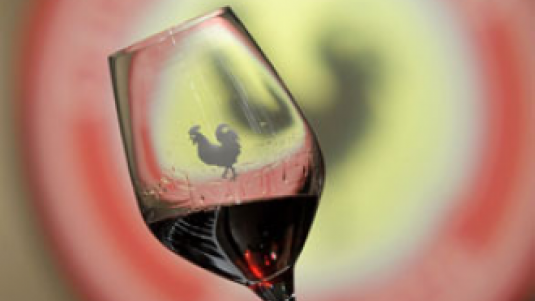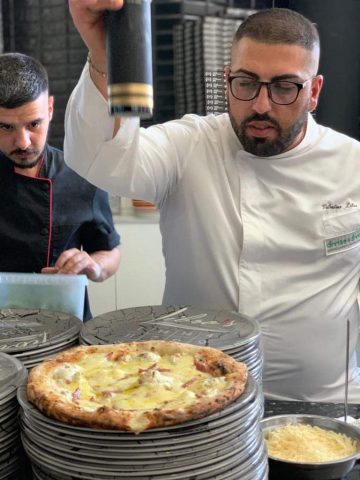Gallo Nero Dossier

Over the past few months there have been a lot of new developments at Consorzio del Chianti Classico. Some of these regard all consortia, which are voluntary associations of producers that have been delegated by authorities to be responsible for certain specific areas, on the condition that they represent a certain percentage of all producers and of the quantity produced in the area they refer to. For several months it no longer has 'technical' control over production, which is now the responsibility of Valor Italia, while it remains in charge more than ever of the promotion of the brand and world production.
Another novelty, which I consider very important, was the election of Sergio Zingarelli, owner of Rocca della Macìe estate, as the association's president, and Giovanni Manetti and Filippo Mazzei, respectively the heads of Fontodi and Fonterutoli estates, as vice presidents. The executive board was completed by other leading players on the Chianti scene, among these Carlo Mascheroni, from Volpaia, many of whom are owners of some of the best wine-making realities in the area. What this means is that during this period of crisis, Chianti producers wanted their consortium to be run by the heads of some of the most prestigious wineries, something very rare in the past. For sure it is not easy to run an institution that includes so many members with different interests, divided into three major categories: wine grower-makers, wine cooperatives and bottlers. One need only consider that there is a little bit of everything among the some 24 million bottles of Chianti Classico produced every year. Some labels are sold on supermarket shelves at very low prices, sometimes less than three euros. Then there are the 'stars', the very prestigious wines that can costs as much as 20 times more. In the middle are a countless number of wines that sell between six and 15 euros all around the world. The end result is that sometimes there are clashes and a lot of disagreements due to different needs and company strategies. With the help of Giuseppe Liberatore, the Consorzio's director for the past two decades who is not only an expert on current laws but also the legislators who make them, the 'Magnificent Three' must deal with all this and come up with solutions on how to used funds obtained from membership fees and European UNI0N contributions. They must decide where promotion should be focused and what means should be used to concretely re-launch the Chianti Classico brand and the Gallo Nero logo, both of which have recently lost some clout. This is no easy task and polemics are already flourishing with many, especially among the smaller producers, who would like to see the association more involved in helping them gain access to new markets, boost sales and protect prices, rather than concern itself in creating an image. In just two months not even a wizard could have done any of this but I believe this new management team, which is interested in both quality and the territory, will be able to efficiently move in the right direction.
During this week, we'll publish an interview that Stefania Vinciguerra had with Sergio Zingarelli, an article by Guido Busetto, a former Il Sole 24 Ore journalist and small Chianti Classico producer in Selvole, and an article by Giuseppe Liberatore, director of the Consortium. They will offer different points of view, some even direct contrast with each other, but this should serve to open a debate, spark interest and perhaps even get people get a little mad. The situation is anything but easy and many small producers risk going out of business and this is very serious. When people talk about Chianti Classico they all know the name and the logo, but few know how greatly diverse the production is. Perhaps knowing more about that will be a good start.

 Italiano
Italiano








